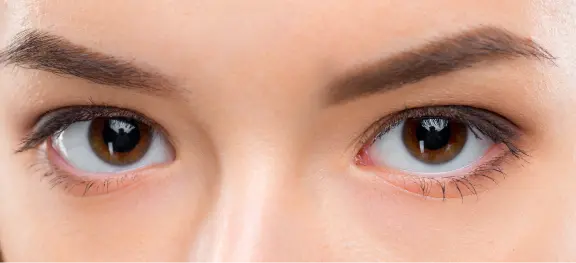Did you know that approximately two-thirds of all cases of blindness and visual impairment affect women? This statistic, among others, highlights the need for focused attention on women’s eye health.
Women generally have a longer lifespan, which increases their susceptibility to eye diseases such as age-related macular degeneration (AMD), glaucoma, and cataracts. Additionally, women are more prone to autoimmune disorders that can lead to visual complications. Hormonal changes associated with aging can also impact women’s eye health; for instance, dry eye syndrome is more prevalent among women, partly due to these hormonal shifts.
“We encourage women to take an active role in managing their eye health,” states Dr. Kathleen B. Digre from the John A. Moran Eye Center at the University of Utah. “Women may be less inclined to seek healthcare for themselves, often prioritizing family responsibilities over regular eye examinations.”
Dr. Digre, who specializes in neuro-ophthalmology and migraines, notes that migraines, which can present with visual symptoms, are more common in women than in men.
“One in five women experiences migraines,” Dr. Digre explains. “However, some women may not recognize their condition and might mistake their symptoms for other types of headaches, making it crucial to obtain an accurate diagnosis.”
Did you know that approximately two-thirds of all cases of blindness and visual impairment affect women? This statistic, among others, highlights the need for focused attention on women’s eye health.
Women generally have a longer lifespan, which increases their susceptibility to eye diseases such as age-related macular degeneration (AMD), glaucoma, and cataracts. Additionally, women are more prone to autoimmune disorders that can lead to visual complications. Hormonal changes associated with aging can also impact women’s eye health; for instance, dry eye syndrome is more prevalent among women, partly due to these hormonal shifts.
“We encourage women to take an active role in managing their eye health,” states Dr. Kathleen B. Digre from the John A. Moran Eye Center at the University of Utah. “Women may be less inclined to seek healthcare for themselves, often prioritizing family responsibilities over regular eye examinations.”
Dr. Digre, who specializes in neuro-ophthalmology and migraines, notes that migraines, which can present with visual symptoms, are more common in women than in men.
“One in five women experiences migraines,” Dr. Digre explains. “However, some women may not recognize their condition and might mistake their symptoms for other types of headaches, making it crucial to obtain an accurate diagnosis.”


Tinggalkan Balasan